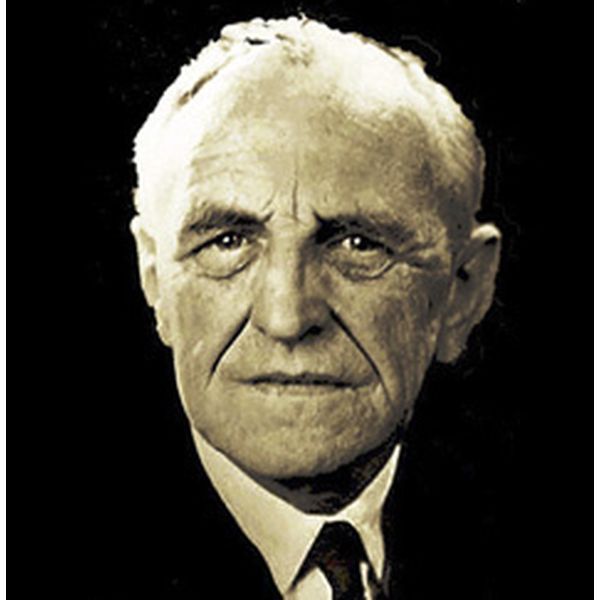Article by Dr Graham Wright
I wanted to raise with you the concept of the ‘good enough’ body part. I can admit at the outset that it’s a shameless plagiarism of Winnicott’s concept of ‘the good enough parent’ (Winnicott 1971). There was so much parental anxiety in the 1950’s about how to bring up baby boomers. The way they turned out, you might think now that that anxiety was well founded. Bloody Dr Spock knew everything. If you if you stuffed up and didn’t follow the rules, and your kid turned out bad – well, we knew who to blame didn’t we? In the parenting business, Winnicott turned ordinariness into a virtue. The less than perfect parent became the metaphor for the world the child would need to grow up in. The less than perfect parent became the best parent you could be. A bit of inconsistency here, a bit of broken a promise there… it’s just an introduction to life and a lesson you needed to learn. Who better to learn it from than your no-hoper parents. The concept of ‘the good enough parent’ became a saving grace for those parents burdened with their own anxiety about how they related to their children. The less than perfect parent became ‘the good enough parent’, who then morphed into the best parent you could be.

Donald Winnicott (1896-1971)
Enter the ‘good enough’ body part and the benefits it can confer on the person who has to live with that less-than-perfect anatomical structure. For Errol Brown, he had a happy life and it all started with a kiss. For us poor doctors in the suburbs, getting up the MRI on the InteleViewer, it all starts with a dodgy image. A black disk here, a hypertrophic facet joint there, all those bulges and rickety looking stucture. Try this then:
It’s a good enough back
It’s good enough to tolerate a strengthening program
It’s good enough to support strong relaxed muscles and restored normal posture
it’s good enough to tolerate movement and benefit from it
It’s good enough to stand there without you holding it together with tension
More is the point, most of your back has been like this for a long long time. It was good enough then, it’s good enough now. You may have had an acute episode, but it’s no big deal. It’s good enough for you to get on with your life.
There is something about the ‘good enough‘ back that is synchronous with the larrikin Australian concept that perfection should not really be sought, that good enough is close enough to near enough and that’s okay. To be better than good enough is close to being un-Australian.

I heard from a doctor who found himself with an acute Cauda equina syndrome when every good neurosurgeon was out of town. He contacted a retired neurosurgeon friend, and was told that young Dr Joe Bloe was in town, available and covering emergencies. “Is he any good?” our injured doctor asked. “Not really”, came the reply “but he is good enough for you”. Such is our professional quest for perfection, so highly do we value it, that we forget that some things are just good enough. Admitting this makes the world an easier place to live in. Winnicott’s genius was to turn the good enough into the desirable. The good enough parent was not just marginally acceptable, but was the best possible parent that one could be. The story of the good enough body part might go something like this:
“you have never been perfect, why look for it now?
You have led your life with all its ups and downs with a less than perfect spine. If your spine had been perfect you might look to the future with some trepidation that you won’t be perfect in future. Believe me you’ve never been perfect and you’ve done okay”.
That’s the way life is. Just like Winnicott, we can turn a worry about imperfection into a celebration of the ordinary. And one more thing. Winnicott’s first name was Donald. He probably didn’t realise then that he had such a disruptive name, but his time has come. And so, maybe has his delightfully disruptive idea. It saved many a parent from worry and it may help to save a generation of back owners from the same concern.
-Dr Graham Wright
Dr Graham Wright
Graham is a Pain Specialist who works in Adelaide. He has medical fellowships in occupational medicine and pain medicine. For 25 years he has been running an interdisciplinary clinic, slugging it out with the dark forces that maintain chronic pain.


Graham – what a delightful use of anaphoric language – the most common use being repetition at the beginning of a sentence. It’s such a good way to repeat yourself and enhance memory without the listener becoming totally bored.
Think Dickens in “The Tale of Two Cities” – It was the best of times…
Churchill – we shall fight them on the beaches…
MLK – I have a dream…
You are in good company!
David